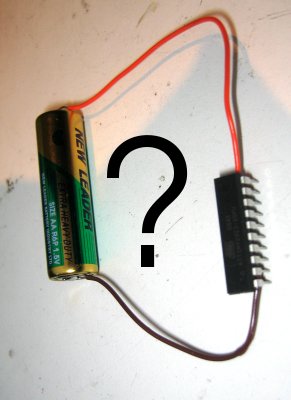Introduction
 Hardware gets smaller and smaller, and industrial devices keep up quite
nicely: every generation of mobile phones, mp3-players etc seem to have
shrunk in respect to its predecessors. As a hobbyist, it's difficult to match
that rate: first of all, most of us like to use the old and, in comparison
to the tiny SMD-devices inside most modern portable devices, bulky DIP-packages.
That's not a weird choice: anything smaller gets a lot more difficult to solder
by hand.
Hardware gets smaller and smaller, and industrial devices keep up quite
nicely: every generation of mobile phones, mp3-players etc seem to have
shrunk in respect to its predecessors. As a hobbyist, it's difficult to match
that rate: first of all, most of us like to use the old and, in comparison
to the tiny SMD-devices inside most modern portable devices, bulky DIP-packages.
That's not a weird choice: anything smaller gets a lot more difficult to solder
by hand.
The second problem is that when we have to choose a PSU, it's easy to go the path many of us have gone before: just plug in a trusty 78(L)05, use at least 7V of batteries and ready we are. Some people recognize that their microcontrollers have a larger input range than the old TTL-chips, and feed the 4.5V from three AA's immediately to it. But that's about as small as it gets: when using 2 penlites which happen to be rechargables, one only gets 2.4V, which usually is to little to be usable.
How do the industrial devices like MP3-players get their juice, then? When not running off the comfy 3.7V provided by a LiIon-cell, they use specialized DC-DC-converters to convert the 1.2V provided to them into any voltage they may require. These chips aren't as easy to get as yer olde 7805's, though, and sometimes come in a tiny SSOP-package to boot.
There, however, is another way to get the necessary voltage in a microcontroller circuit. In this article, I'll explain how. I'll immediately admit it: the solution isn't completely elegant, but as long as you know what you're doing, it should work allright.
1 Next »